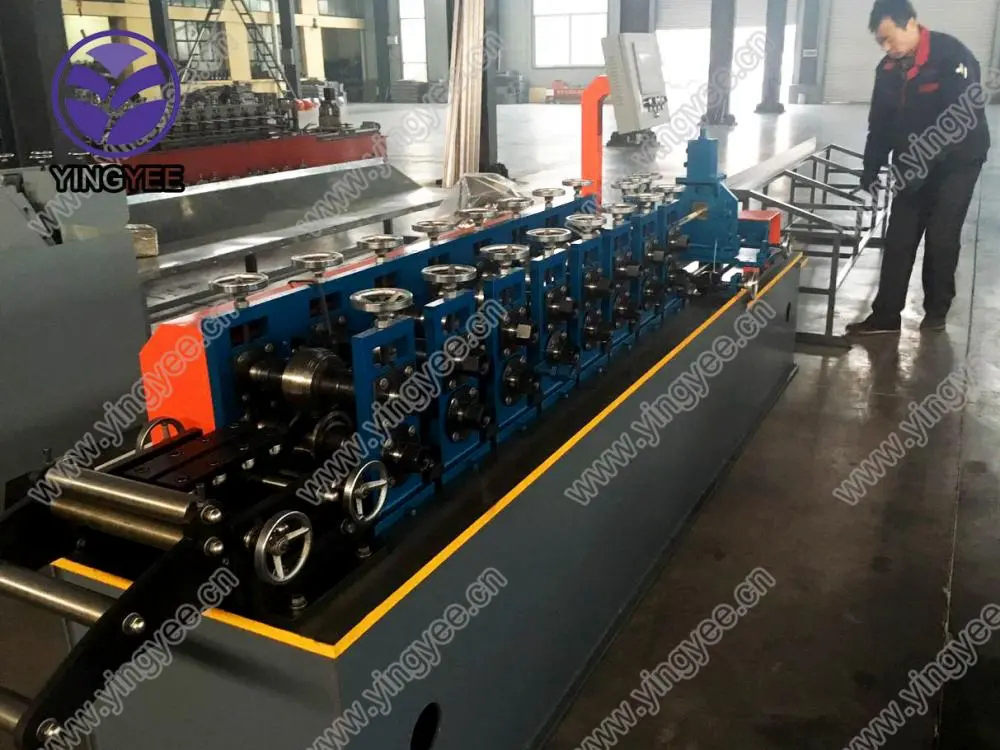
The Essential Role of Gutter Downspout Machines in Modern Construction
In the realm of modern construction and architecture, efficiency and functionality are paramount. One often overlooked, yet crucial aspect of building design is the effective management of rainwater. This is where gutter downspout machines come into play. These specialized machines are essential in fabricating downspouts, which are integral components of a building's drainage system.
Gutter downspout machines automate the production of downspouts that channel rainwater from the gutters to the ground, ensuring that water is directed away from the foundation of a structure. Effective drainage is vital, as it prevents water accumulation around a building, reducing the risk of mold growth, soil erosion, and structural damage. Without a reliable downspout system, even the most beautifully designed building can suffer from serious long-term consequences.
One of the main advantages of gutter downspout machines is their efficiency. Traditional methods of producing downspouts can be labor-intensive and time-consuming. However, with advanced technology, these machines can manufacture downspouts rapidly and with precision. They can create various sizes and shapes to accommodate different guttering systems, allowing builders and contractors to meet specific project requirements without delay. This not only saves time but also reduces labor costs, making projects more economically viable.

Moreover, gutter downspout machines can operate with a variety of materials, including aluminum, steel, and vinyl. This versatility allows for the production of downspouts that are both durable and aesthetically pleasing, providing options that can complement a building's exterior design. With tailored finishes and colors available, builders can ensure that the gutter systems blend smoothly into the overall architectural style of the structure, enhancing its visual appeal.
In addition to their primary function, gutter downspout machines also contribute to sustainability efforts in construction. By producing downspouts on-site, waste is minimized, and the need for extensive logistics to transport pre-manufactured parts is reduced. This localized production approach not only cuts down on costs but also lowers the carbon footprint associated with transporting materials over long distances.
As buildings become more complex in their design and functionality, the role of gutter downspout machines will only grow in importance. With innovations in technology, the future of these machines looks promising. Newer models offer enhanced features such as computer automation and digital controls, further increasing efficiency and accuracy. This allows for intricate designs that can meet the demands of modern architecture while maintaining the highest standards of quality.
In conclusion, gutter downspout machines are vital to ensuring effective water management in construction projects. Their efficiency, versatility, and contribution to sustainability make them indispensable tools for builders and contractors alike. As we continue to advance in building technologies, embracing these machines will be essential for creating resilient and aesthetically pleasing structures that withstand the tests of time and weather.